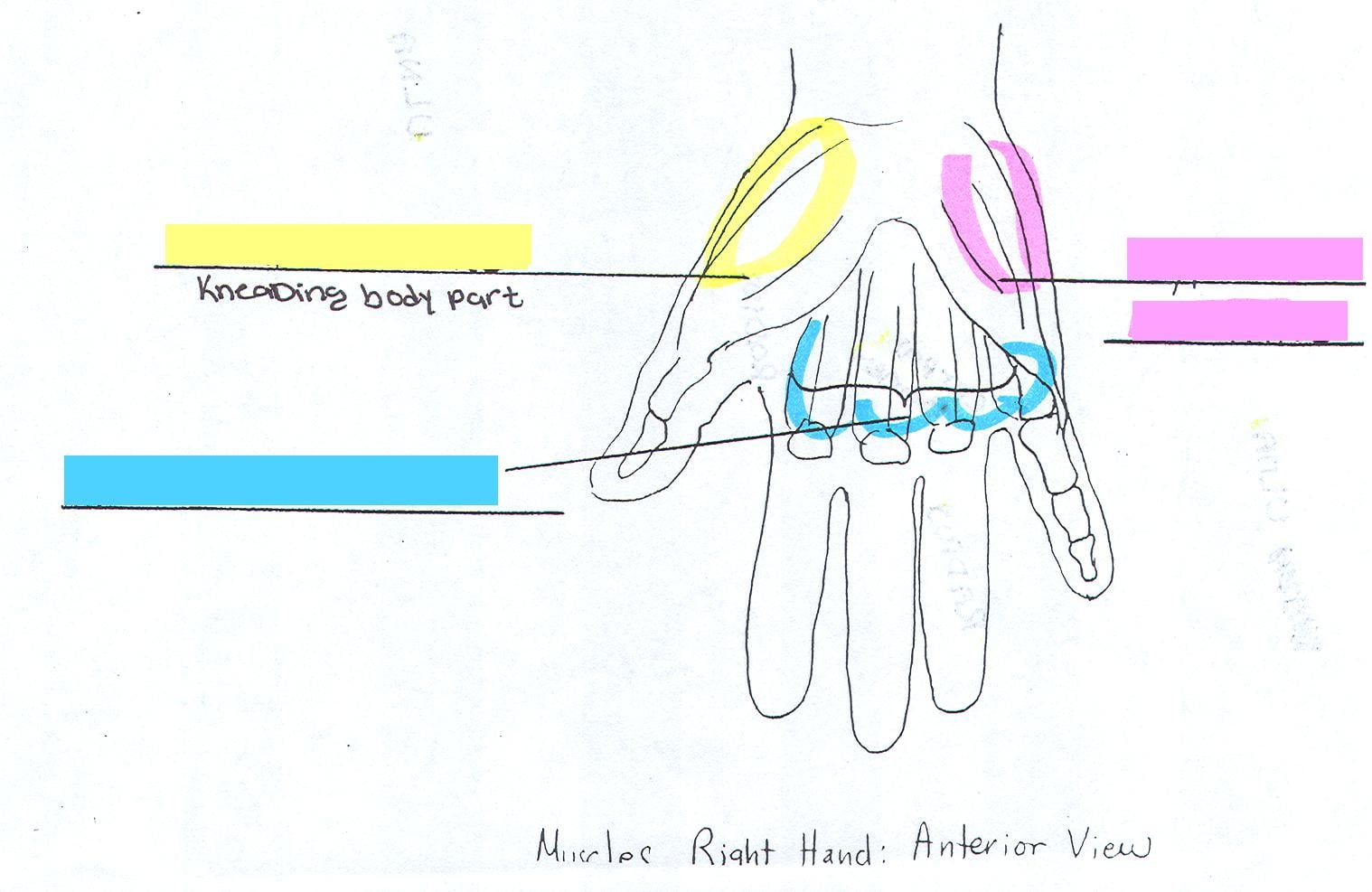Looking at the above picture, what is the Pink part of the anterior...
The skin is _______________ to the organs
The skin is found on the _____________ portion of the body.
The foot is ___________ to the hip.
The bones in the palm of the hand are called ______________.
The bones of the fingers are called _________________.
The nose is found on the ___________ portion of the head.
The eyes are on the _________ side of the body.
In the Anatomic Position, the stance of the body is erect, with the...
What...
The shoulder is __________ to the neck.
The chin is ___________ to the navel.
The plane that divides the body into a superior and inferior half is...
An area which we hold a lot of stress is the ______________ muscle.
Looking at the above picture, what is the Blue part of the anterior...
In the Laterally recumbent position, the body lies in a horizontal...
It is possible to palpate (feel) the spine on the __________ portion...
_____________ warts are found on the sole of the foot.
On the anterior (Palmar or Valar) of the hand, the 4 muscles that act...
Elevates clavicle, adducts scapula, rotates scapula superiorly,...
The heart lies __________ to the ribs.
Stroking the back from the tail bone to the neck is stroking in a...
The nose is __________ to the ear.
Man who administers massage
Fixed and non - movable point. Also known as O. It...
The hamstring muscles are located on the _________ portion of the...
In the Prone position, the body lies in a horizontal position,...
When the therapist looks at the alignment of the imaginary line...
What is the Pink part of the muscles in the anterior view of the...
In the Supine position, the body lies in a horizontal position,...
The elbow is ___________ to the hand.
What is the Blue part of the muscles in the anterior view of the...
Woman who administers massage
From the center, with the arteries
Kneading the muscles n either side of the spine, beginning at the neck...
The ___________ nervous system pertains to the nervous system lying...
Known as the moveable point. Also known as I. Includes the...
Light Friction
When the therapist looks at the aligmnent of the imaginary line...
Deep Kneading
The verb, in all its forms, meaning to massage.
















